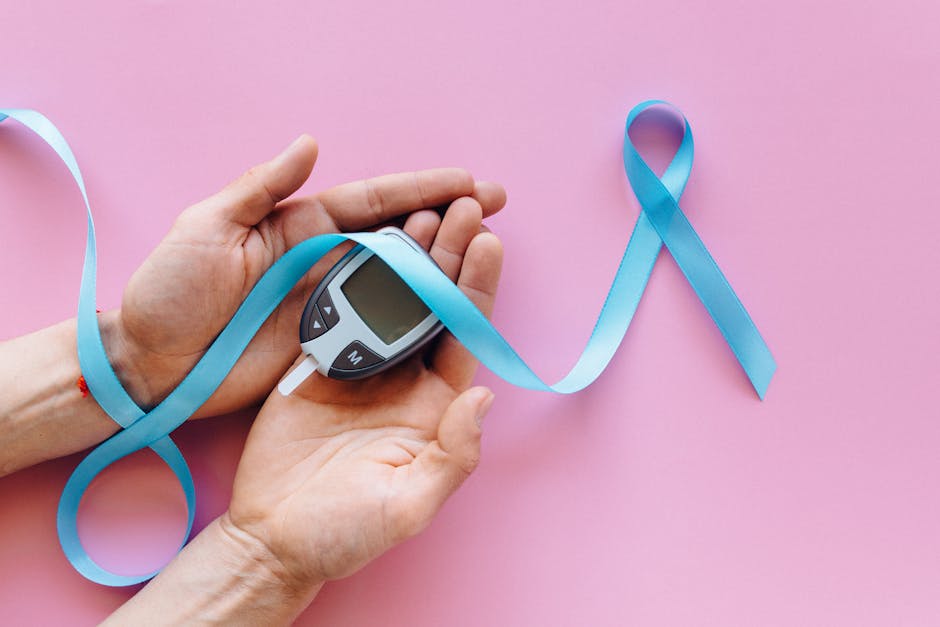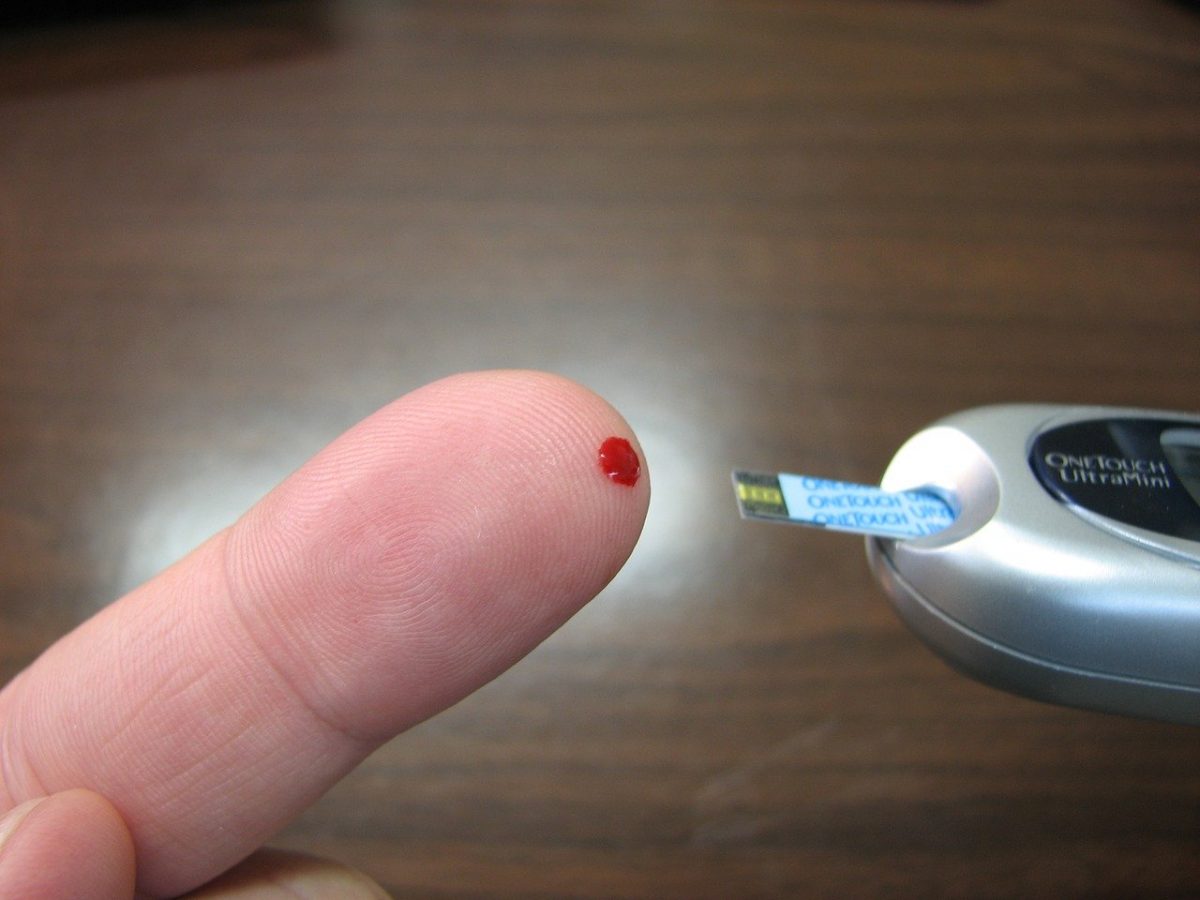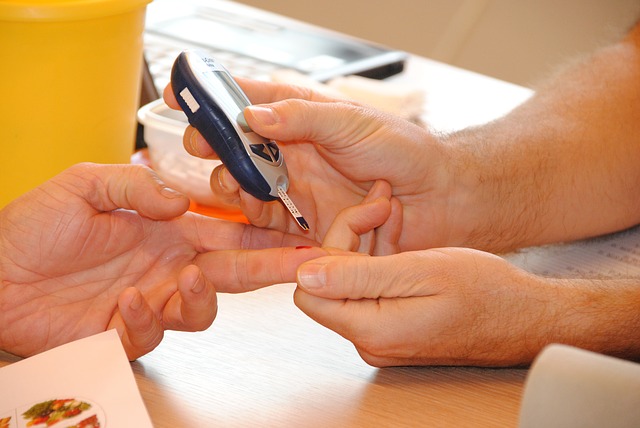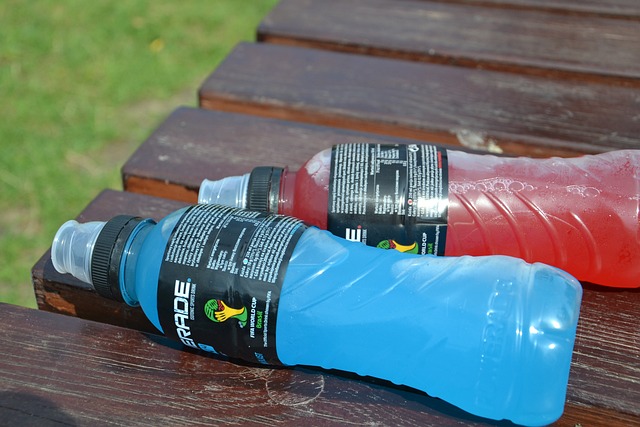Promoting healthy lifestyle choices is crucial in the ongoing battle against diabetes, particularly given the alarming rise in its prevalence worldwide. Diabetes awareness has become more important than ever as we recognize that many cases can be prevented through simple yet effective changes in our daily routines. By focusing on nutrition, physical activity, and regular health check-ups, individuals can take proactive steps towards a healthier future and significantly reduce their risk of developing diabetes.
At the heart of diabetes prevention is a balanced diet rich in whole foods, fruits, vegetables, lean proteins, and whole grains. Educating communities about the benefits of a nutritious diet can lead to informed food choices that help maintain a healthy weight and stable blood sugar levels. Workshops, cooking classes, and community support groups can empower individuals with the knowledge and skills necessary to make healthier meals, ultimately fostering an environment where diabetes awareness and prevention thrive.
In addition to dietary changes, increasing physical activity is essential for maintaining overall health and preventing diabetes. Regular exercise not only aids in weight control but also enhances insulin sensitivity and helps regulate blood sugar levels. Encouraging people to engage in at least 150 minutes of moderate aerobic activity each week, mixed with strength training, can create a culture of health within communities. Group activities, such as walking clubs or fitness challenges, can also provide social support, making the journey to better health both enjoyable and sustainable.
Furthermore, regular screenings and check-ups play a critical role in diabetes prevention strategies. By promoting awareness about the importance of monitoring one’s health, individuals can identify early signs of insulin resistance or prediabetes and take action before detrimental health issues arise. Community health initiatives that provide accessible screening programs can play a key role in fostering a culture of vigilance and preventive care. Ultimately, by working together to raise diabetes awareness and emphasizing healthful lifestyle choices, we can pave the way for a healthier population and significantly reduce the impact of this chronic disease.










